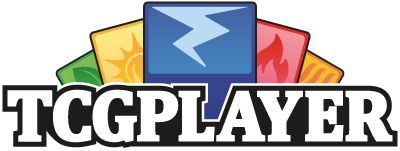How To Identify Counterfeit Pokémon Cards
Tim Traver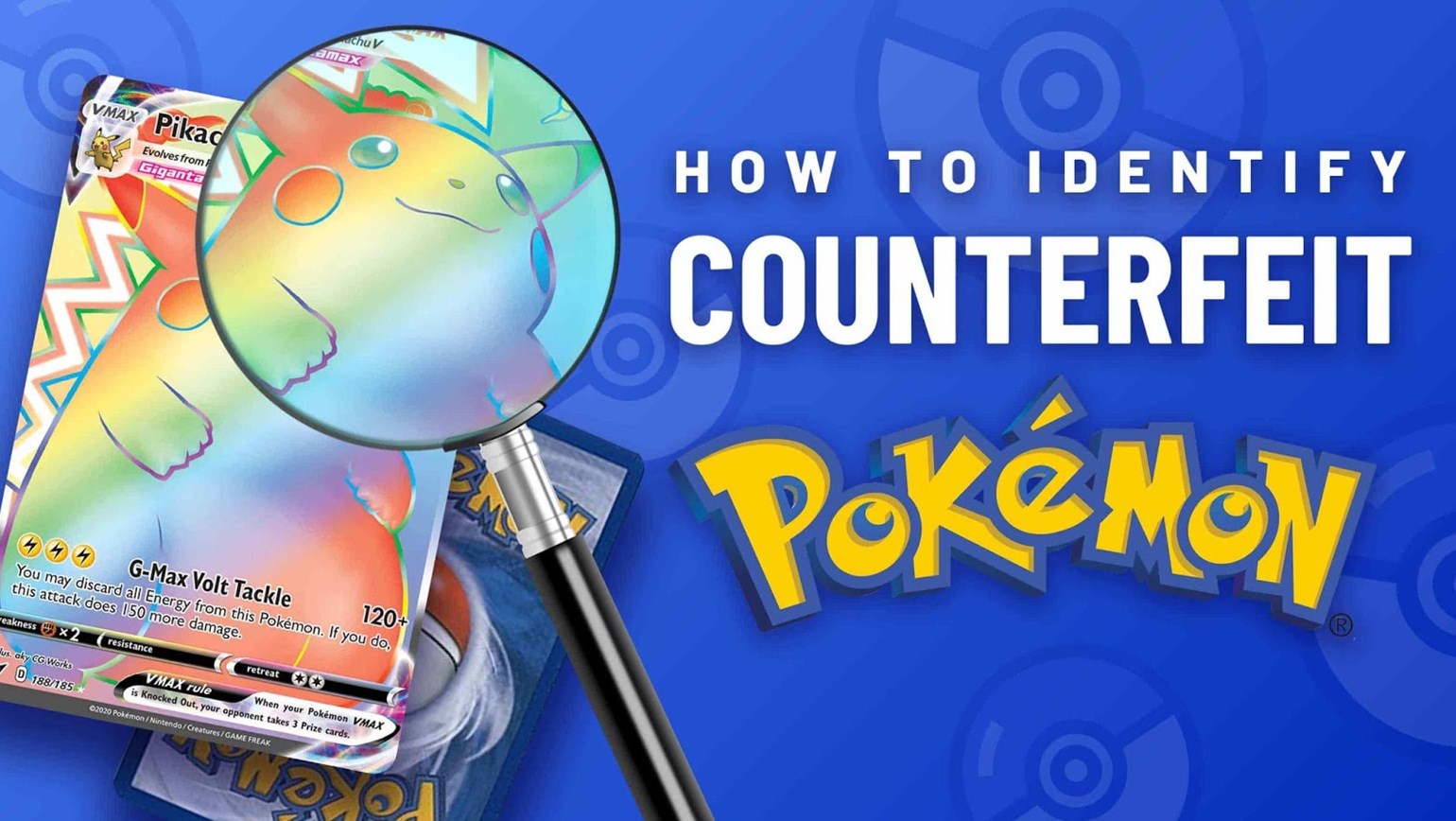
The lead up to building a deck is an amazing feeling: scouring for deck lists, searching your local hobby shops and online for the cards, and putting them together. What’s not so amazing is finding out one of your cards is a counterfeit! At TCGplayer, we take counterfeits seriously. We want to help educate buyers and sellers on what to look for if they suspect a card is fake.
Due to the different printing conditions over the lifetime of the Pokémon TCG and the ever-evolving techniques of the counterfeit industry, no single guide can provide a 100% fool-proof method for identifying counterfeits. The methods discussed here are best used as general guidance. Whenever there is doubt, please use caution.
Text/Grammar & Spelling Errors
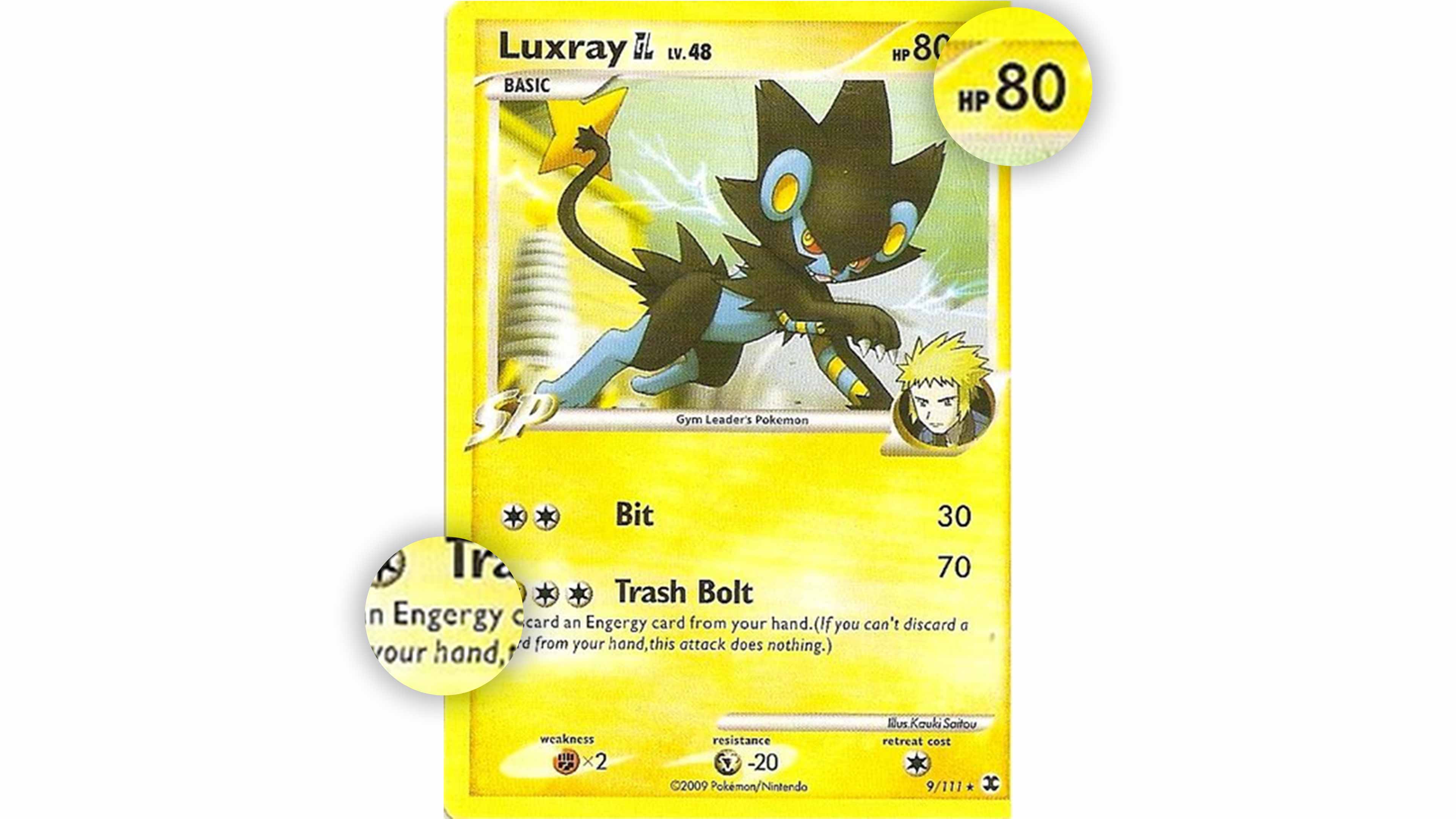
The first thing to check when looking at your card is the HP counter. Make sure the HP counter matches the other cards and that it is not an exaggerated number. Another easily identifiable way to see if a card is counterfeit is to check for spelling errors. Above you will see a Luxray pulled from the Bulbapedia that has a misspelled word, “Engergy.” Look for common words that have letters switched or are missing punctuation. While you’re doing that, also check the font of the card. Sometimes the font will be slightly different than what is used for an original.
Print Durability
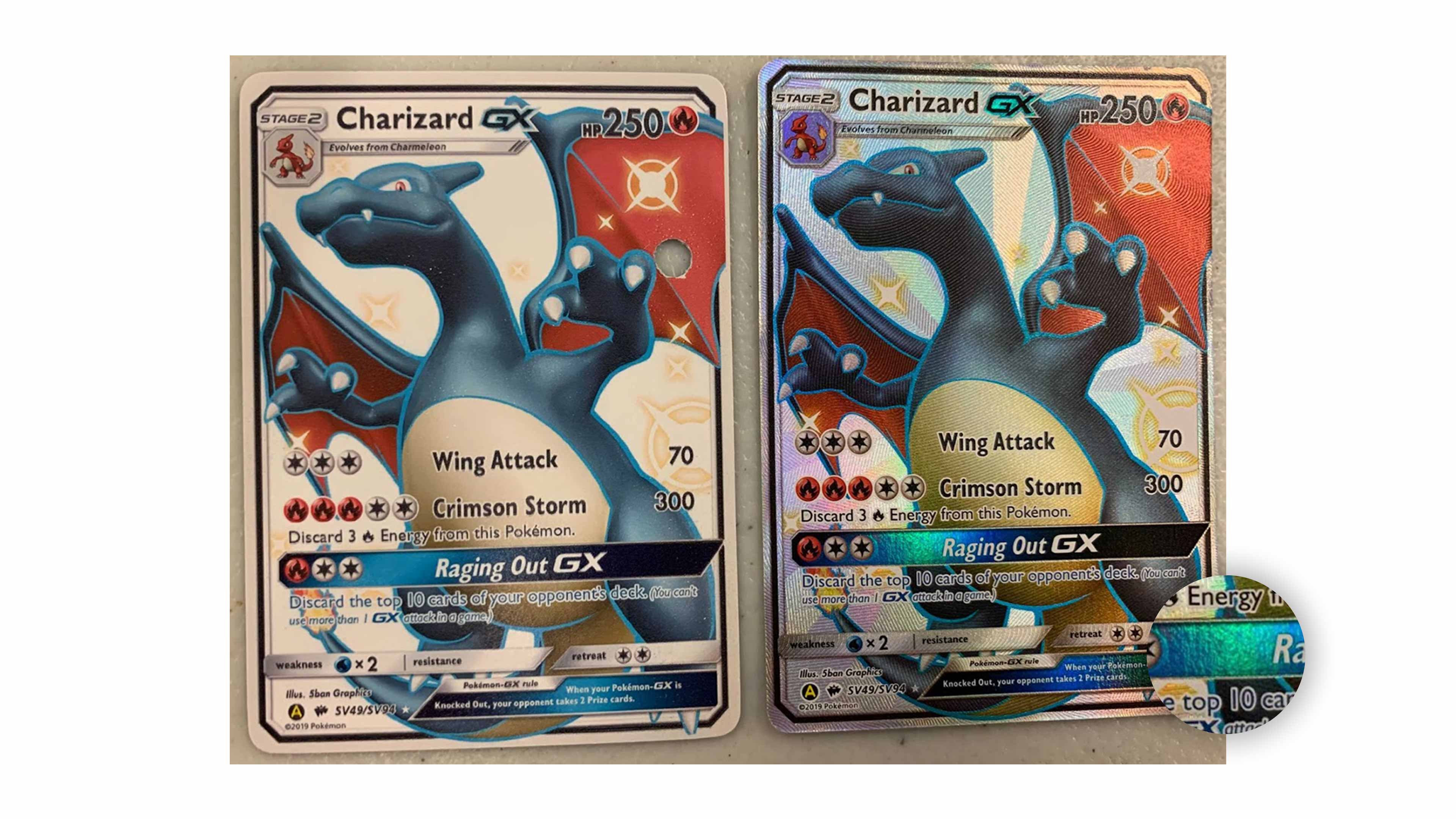
Another counterfeit giveaway is the durability of a card. To inspect this, first compare the card size with a card that you know is not fake; sometimes fakes will be a little bigger or smaller than their market counterparts. Check the edges to see if they’re round or pointy, and lay the counterfeit card on top of a real one to see if they match up edgewise. Another telltale sign is to see if the card has a regular edition or if it’s only a foil printing. As shown above, the Charizard GX is only printed in foil so the left would be the counterfeit.
Looking at the back of a card shows some telltale signs of a counterfeit: most counterfeits have darker or lighter printing on the backside. The same can be said about the front side as well. The color gradient should fade from white to blue on a real card but with the counterfeit, the gradient is not so prominent. There is also a thin black layer between the cardstock which you should be able to shine a light through if it’s real.
Fancy Foiling
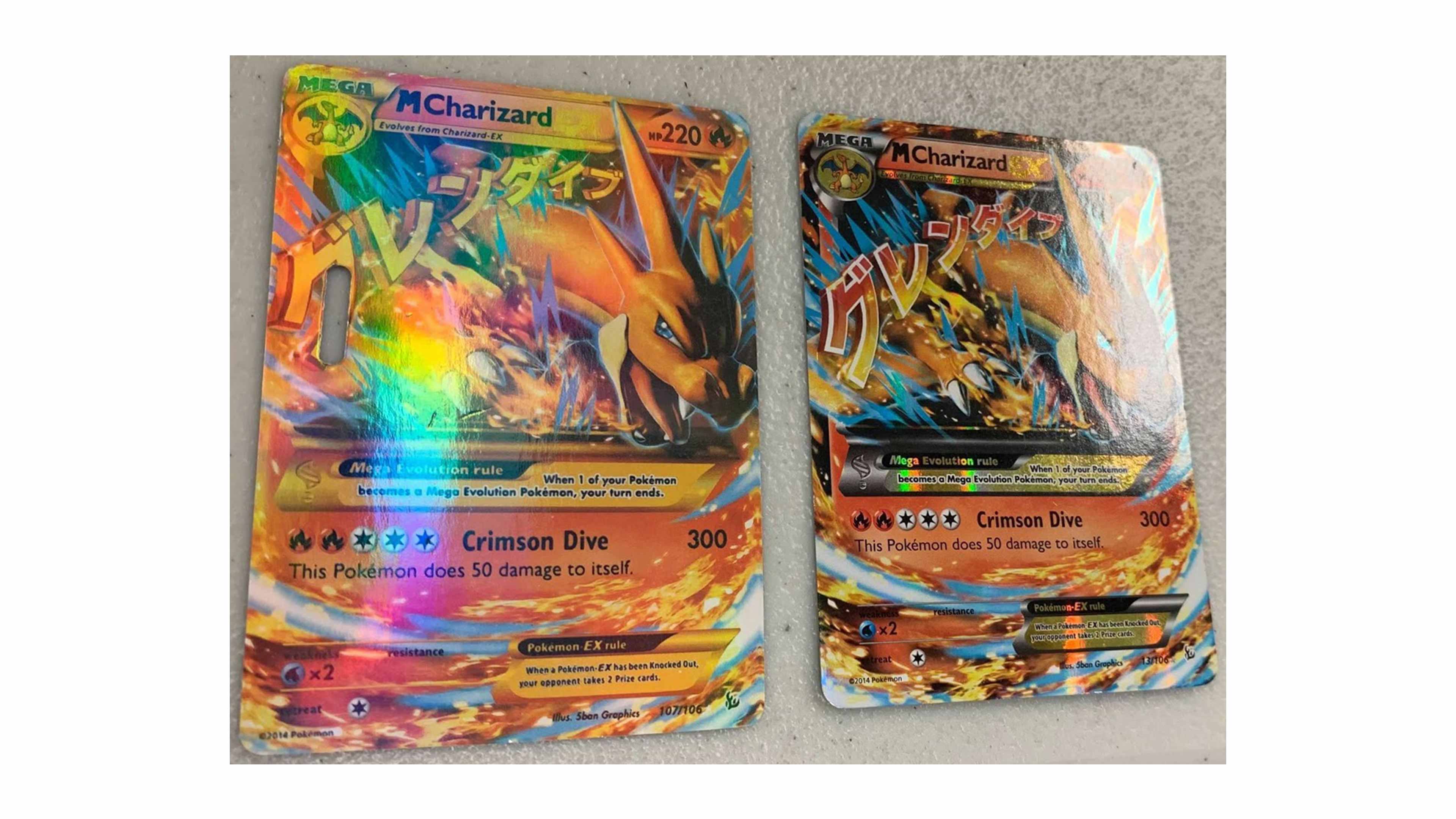
In addition to cardstock durability, when dealing with holo-foiled cards, check which areas are foiled. The placement of the foiling can be an instant giveaway for those looking for it, including the foiling around certain areas of the card, rather than the entire card. Some have foiling around their eyes while other cards have foiling around the character itself. When aimed at a light, it will reflect differently across the card depending on the angle, as shown in the picture above.
Printing Distortion/Errors
With all TCGs, there will always be cards that have printing abnormalities or cutting issues, but when you find an abundance on a single card, then it should point to a counterfeit. One thing to look at is the energy symbols. Sometimes during the printing process, the energy symbols can become off-centered with some of them not having circles around the symbol. Another thing that can occur during the printing process of counterfeit cards is shadowy or blurry text. This text will look distorted and be ineligible at times.
Buying counterfeits is never fun and we know that it can be hard to distinguish between counterfeit cards and real cards. If you believe a card you purchased is counterfeit, please reach out to us at sales@tcgplayer.com and we will be happy to assist you!
